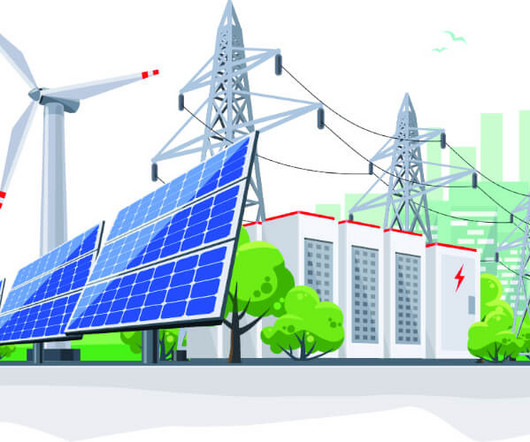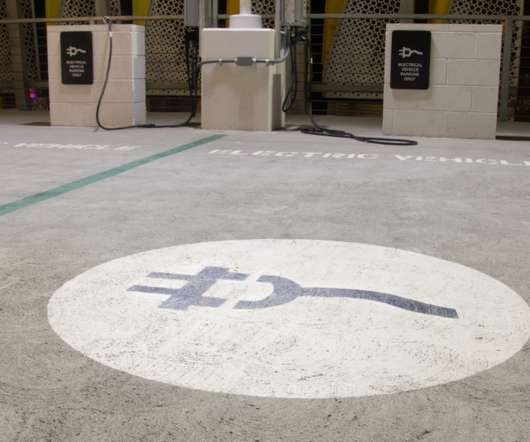Monash study on solar-driven electrolysis for green hydrogen production cautions on life-cycle emissions and EROI
Green Car Congress
AUGUST 23, 2021
An important consideration of solar-electrolysis in the context of climate mitigation is the enormity of upscaling required—both at the global scale with respect to the investment, land area, materials, and embodied energy; and at the project scale with respect to the potential localised impacts of gigawatt scale plants. Palmer et al.































Let's personalize your content